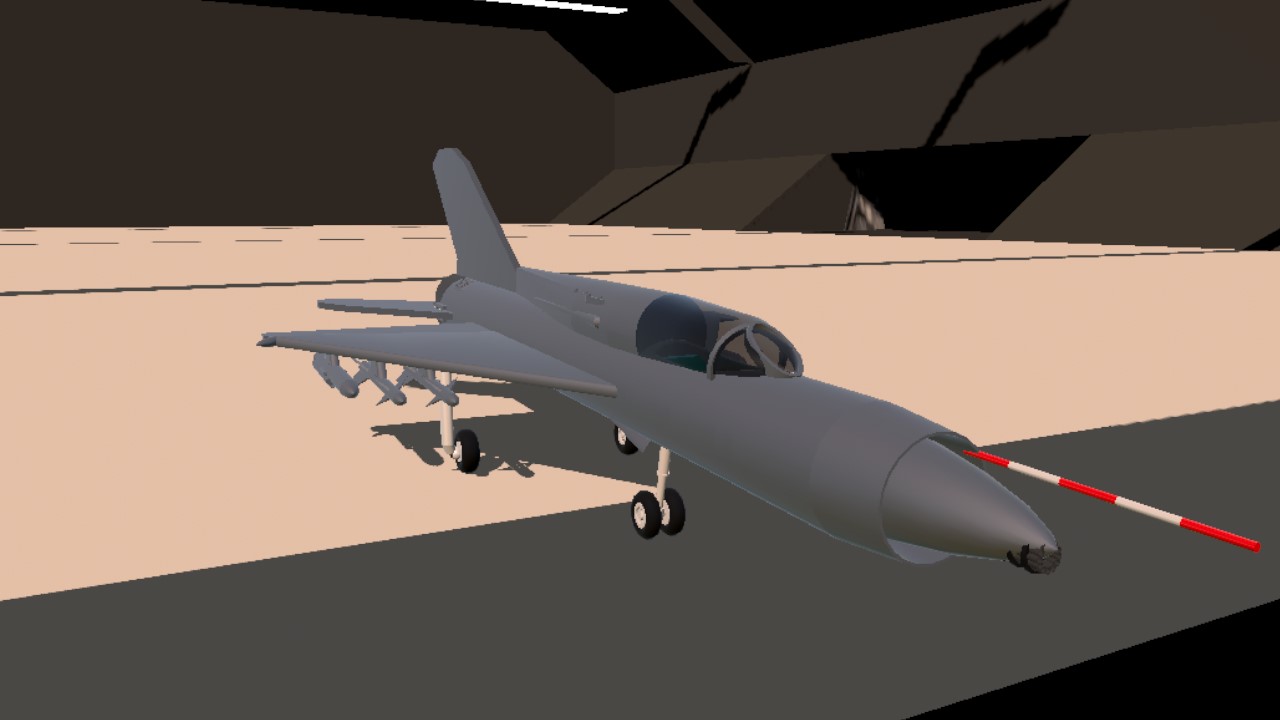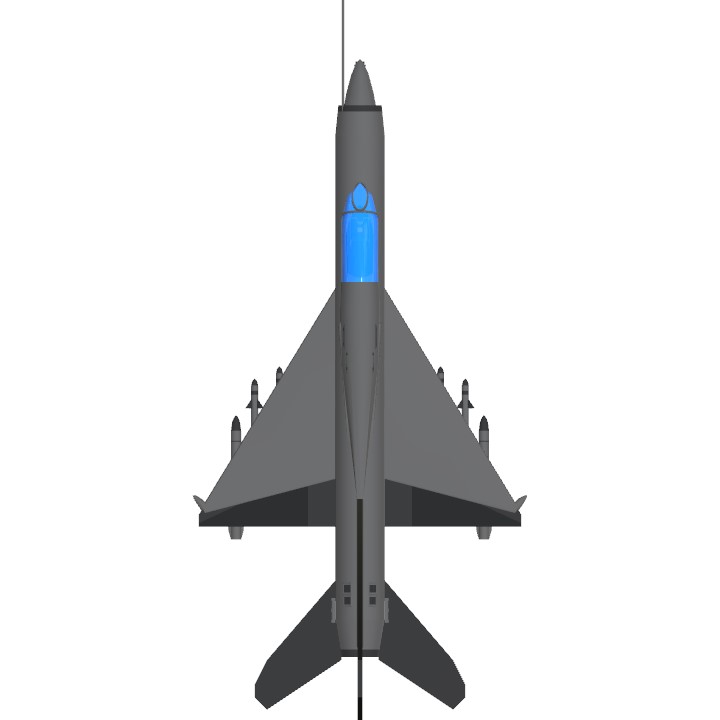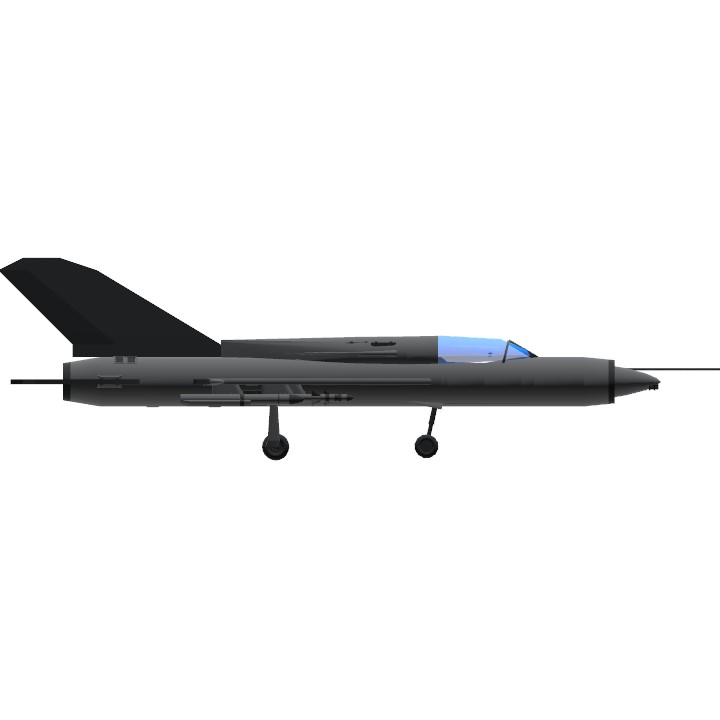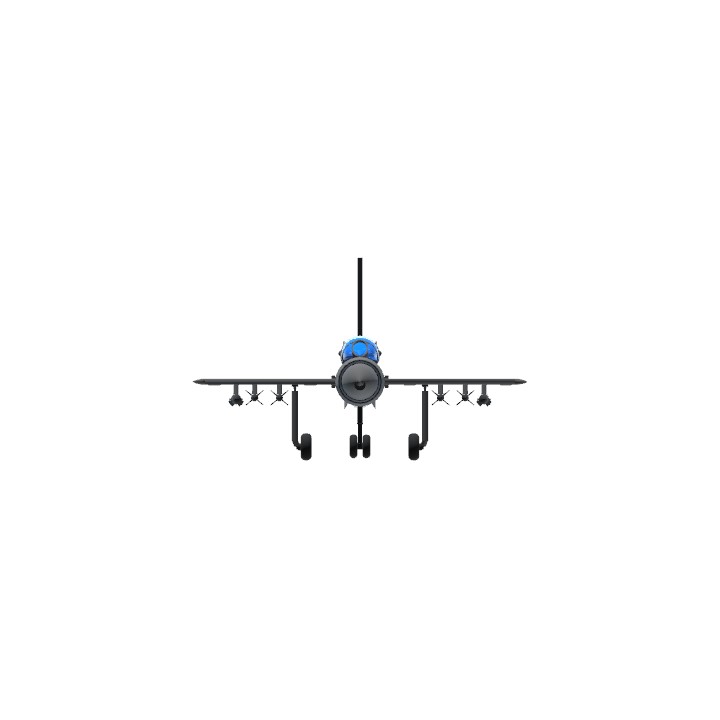Origen
Mikoyan-Gurevich MiG-21 (Russian: ?????? ? ??????? ??? - 21, NATO designation: Fishbed) - is a fighter jet, originally built by the Mikoyan-Gurevich design bureau in the Soviet Union. It was popularly known by Polish pilots as "balalaika", given its similarity to this stringed instrument of Russian origin. Approximately 12,000 were produced, including around 2000 copies of its many variants.[2] It is the second most produced military aircraft after World War II, after the Lockheed C-130 Hercules. The first versions are considered as second generation fighters, while the latest versions are considered third generation fighters. Around 50 countries on four continents used the MIG-21 and it is still in service with many nations, half a century after its maiden flight. This aircraft set records: at least in name, it is the most produced supersonic aircraft ever in the history of aviation, and the most produced combat aircraft after the Korean War, and is also the combat aircraft with the longest production run ever, taking into account its different versions (1959-1985). In 1966, through Operation Diamond, the Mossad took to Israel a MiG-21 stolen from the Iraqi air force and, the reverse engineering of which it was subject, revealed technological secrets that were shared by the Israeli and American air forces.[3]
Specifications
Spotlights
- WinsWings 4 months ago
- RealMicroZackSP 4 months ago
General Characteristics
- Predecessor 2024 Year End Challenge [CLOSED]
- Created On Windows
- Wingspan 22.1ft (6.8m)
- Length 47.6ft (14.5m)
- Height 13.3ft (4.0m)
- Empty Weight 10,528lbs (4,775kg)
- Loaded Weight 14,228lbs (6,453kg)
Performance
- Power/Weight Ratio 9.121
- Wing Loading 59.2lbs/ft2 (288.8kg/m2)
- Wing Area 240.5ft2 (22.3m2)
- Drag Points 3856
Parts
- Number of Parts 145
- Control Surfaces 3
- Performance Cost 900







haha
FISH
fish
@crazyplaness If you please change the automatic credit to this Link:https://www.simpleplanes.com/a/4BED0x/CHALLENGE-Wins-Wings-2024